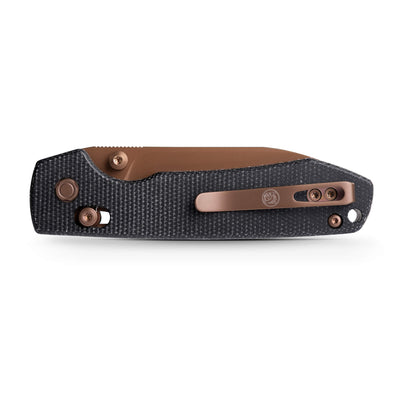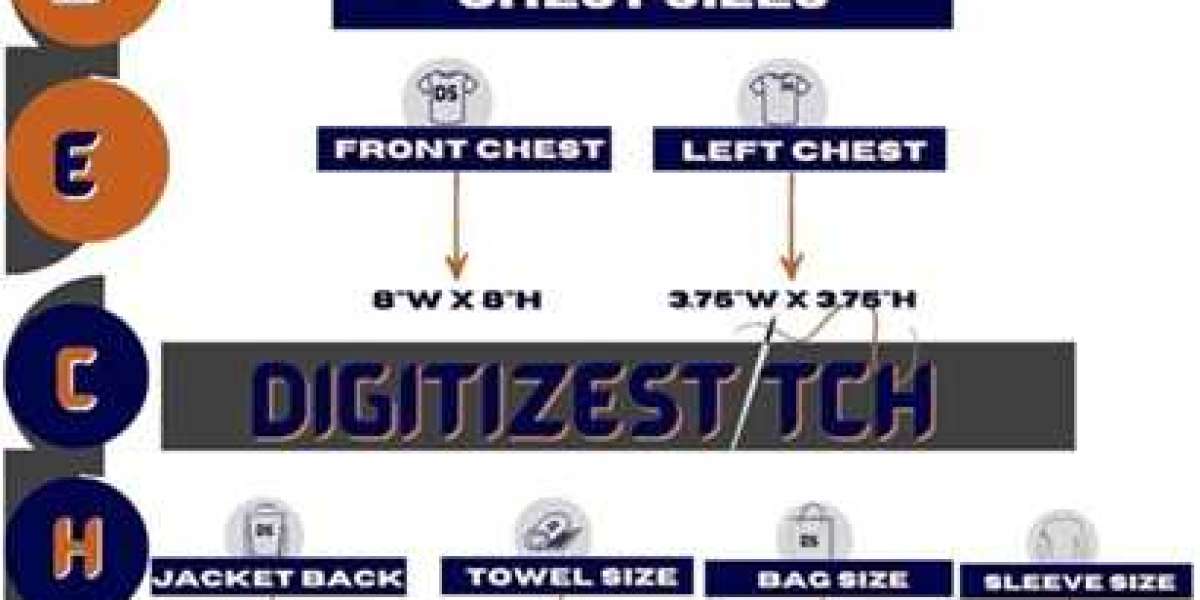Unleash Your Inner Survivalist: Discover the Ultimate Fixed Blade Knives That Could Save Your Life!
In an unpredictable world where adventure and survival often go hand in hand, being prepared is not just a choice; it's a necessity. Survivalism emphasizes self-reliance and the ability to navigate challenging situations, whether in the wilderness or during emergencies. At the heart of this philosophy lies the fixed blade survival knife, an essential tool that can make a significant difference in survival scenarios. Unlike their folding counterparts, fixed blade knives are renowned for their strength, durability, and readiness for immediate use. This article delves into the features, benefits, and various uses of fixed blade survival knives, empowering you to choose the right tool for your preparedness journey.

Understanding Fixed Blade Survival Knives
Fixed blade survival knives are designed for toughness and reliability, distinguishing themselves from folding knives by having a blade that remains in a fixed position. Typically, the blade is full tang, meaning it extends the entire length of the handle, providing superior strength and balance. The design elements of these knives usually include a sturdy blade made from high-carbon steel or stainless steel, which ensures longevity and resistance to corrosion. The simplicity of fixed blade knives means they have fewer moving parts, leading to less potential for failure in critical moments. Their construction often features ergonomic handles made from durable materials like rubber, Micarta, or G10, ensuring a secure grip even in adverse conditions. Understanding these characteristics is crucial for recognizing what makes a fixed blade survival knife a reliable companion in wilderness adventures or emergency situations.
Key Features of Fixed Blade Survival Knives
When selecting a fixed blade survival knife, several key features enhance its suitability for survival scenarios. Blade length is one of the most critical factors; typically ranging from 4 to 10 inches, the right length balances maneuverability and cutting power. Thickness is also vital, as a thicker blade can withstand heavy use without risking breakage. The handle material contributes significantly to comfort and grip, with materials like rubber providing a non-slip surface, especially in wet conditions. Additionally, the tang design plays a crucial role in the knife's strength; a full tang design offers the best balance and durability. Each of these features impacts the knife's overall performance, making it essential to consider them carefully based on your intended use.
Benefits of Using a Fixed Blade Survival Knife
The advantages of using a fixed blade survival knife in survival situations are numerous. First and foremost, their durability is unmatched; they can withstand rigorous tasks without the fear of malfunction, unlike folding knives that may wear out over time. Maintenance is also straightforward; since they have no moving parts, cleaning and care require minimal effort. Furthermore, fixed blade knives are versatile tools, capable of handling a wide range of tasks from cutting and carving to self-defense if necessary. A personal experience from a friend who hiked the Appalachian Trail highlights this versatility. During the trip, he used his fixed blade knife to prepare food, build a shelter, and even defend himself against a curious bear. His testimony emphasizes how a reliable knife can be indispensable in various scenarios, reaffirming the decision to carry one.
Practical Uses in Survival Situations
In survival situations, the practical applications of a fixed blade survival knife are vast. For instance, when building shelter, a sturdy knife is essential for cutting branches and shaping materials. In preparing food, it can be used for everything from cleaning fish to chopping vegetables, making it a crucial tool for sustenance. Additionally, fixed blade knives can serve as an emergency tool for first aid; they can cut bandages or clothing in case of injuries. A memorable story shared by another friend who got lost during a camping trip illustrates this point. He had to use his knife to create a makeshift splint for a sprained ankle, which ultimately helped him navigate back to safety. Such real-life scenarios underscore the significance of having a reliable fixed blade survival knife at your side during outdoor adventures.
Essential Takeaways on Fixed Blade Survival Knives
In conclusion, fixed blade survival knives are not just tools; they are essential companions for anyone who values preparedness and self-reliance. From their robust construction to their multifaceted uses in survival situations, these knives offer a unique blend of durability, versatility, and ease of maintenance. Choosing the right fixed blade knife tailored to your needs can make all the difference in emergencies or outdoor adventures. As you consider your own survival requirements, remember that investing in a quality fixed blade survival knife could be a life-saving decision that enhances your confidence and readiness in any situation.








